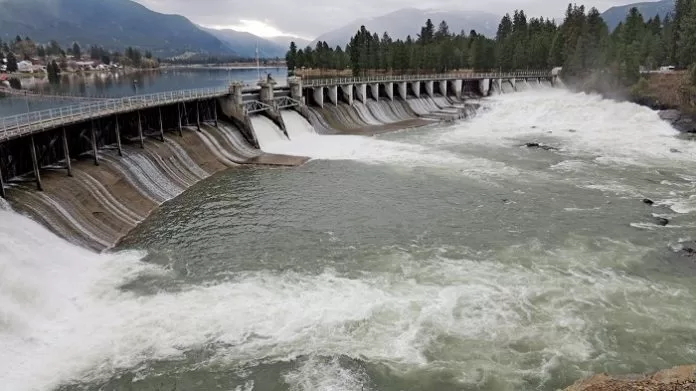Masinga Dam is a large man-made reservoir located on the Tana River in central Kenya. It was constructed in the 1980s as part of the Seven Forks Hydroelectric Project, which aimed to harness the power of the Tana River to generate electricity for Kenya’s growing population.
Masinga Dam is the largest dam in the Seven Forks scheme and has a capacity of over 1.6 billion cubic meters of water. It is operated by the Kenya Electricity Generating Company (KenGen) and is a major source of hydroelectric power in the country. The dam has a power generation capacity of 40 megawatts and helps to supply electricity to the national grid.
Role of Masinga Dam
In addition to its role in generating electricity, the Dam also plays an important role in;
- Irrigation and water supply for the surrounding area.
- Provides water for agriculture, livestock, and domestic use, benefiting many communities in the region.
- Masinga Dam is also a popular destination for tourists, who come to enjoy its scenic beauty and the opportunities for fishing, boating, and other recreational activities.
The Masinga Hydroelectric Power Station
The Masinga Hydroelectric Power Station is a hydroelectric power plant. Located at the Masinga Dam on the Tana River in Kenya. The power station has a capacity of 40 megawatts (MW) and is operated by the Kenya Electricity Generating Company (KenGen).

Power Point
The Masinga Dam is a hydroelectric power plant located in Kenya, East Africa. The power plant was built in the 1980s and has a capacity of 40 MW. It is the largest hydroelectric power plant in Kenya and is operated by the Kenya Electricity Generating Company (KenGen).
The power plant utilizes the flow of the Tana River, which is dammed at Masinga to create a reservoir. The water is then released from the reservoir and flows through turbines to generate electricity. The power plant is part of a larger hydroelectric system that includes several other dams and power plants downstream.
The Masinga Dam has played an important role in meeting Kenya’s energy needs, as hydroelectric power accounts for a significant portion of the country’s electricity supply
Overall, the Masinga Dam is an important source of renewable energy for Kenya and has helped to reduce the country’s reliance on fossil fuels for electricity generation.
View Points
One of the best viewpoints for Masinga Dam is located on the Mwea-Embu road. About 10 kilometers from the town of Makutano. From this viewpoint, you can see the entire dam, as well as the surrounding hills and valleys. There are also several picnic areas and rest stops along the road where you can take a break and enjoy the scenery.
Another great viewpoint is located at the Kamburu Dam overlook, which is about 15 kilometers from the town of Mwea. This viewpoint offers a panoramic view of the dam and the surrounding landscape, and is a popular spot for photographers.
There are also several hiking trails in the area that lead to other viewpoints and scenic spots, including the Kivani Hill viewpoint and the Kyamwilu Hill viewpoint. These trails vary in difficulty, so be sure to check with local guides or park officials before embarking on a hike.
Overall, Masinga Dam is a beautiful and unique destination that offers stunning views and plenty of opportunities for outdoor recreation.
How to get to Masinga Dam
If you are coming from Nairobi, you can take the Thika Highway and then turn onto the Garissa Road. Follow the Garissa Road for approximately 120 kilometers until you reach the town of Kibirichia. From there, follow the signs to Masinga Dam, which is about 30 kilometers away.
Alternatively, you can take a matatu (shared taxi) from Nairobi to Kibirichia. Then hire a local taxi or boda-boda (motorcycle taxi) to take you to Masinga Dam.